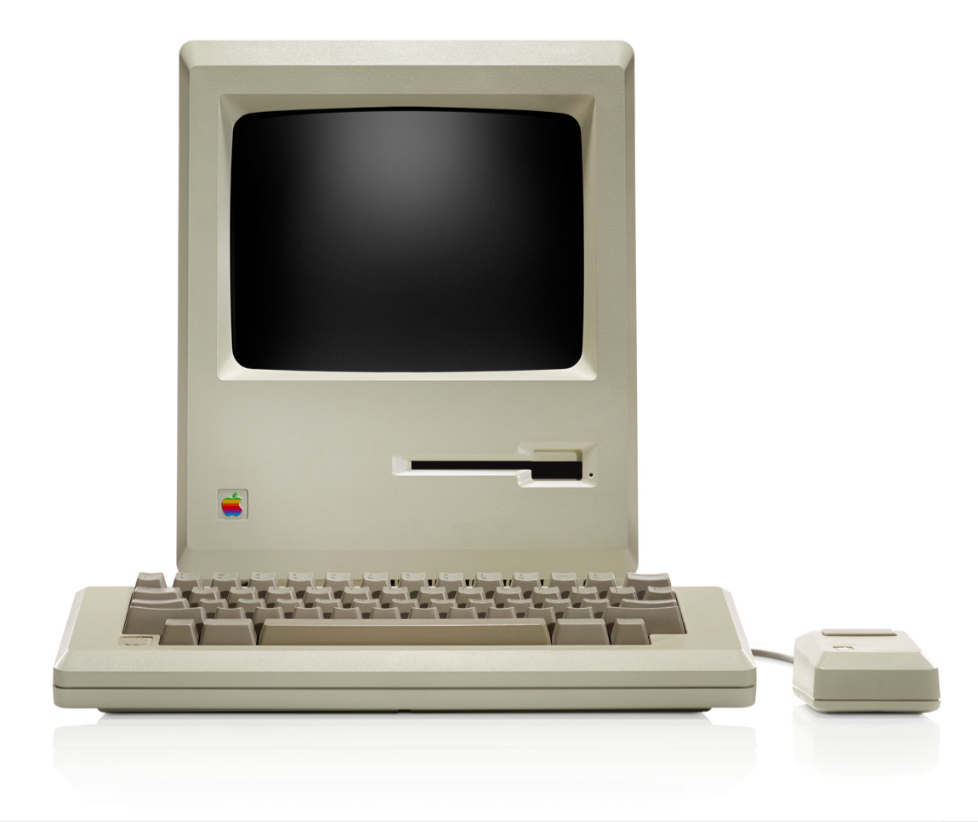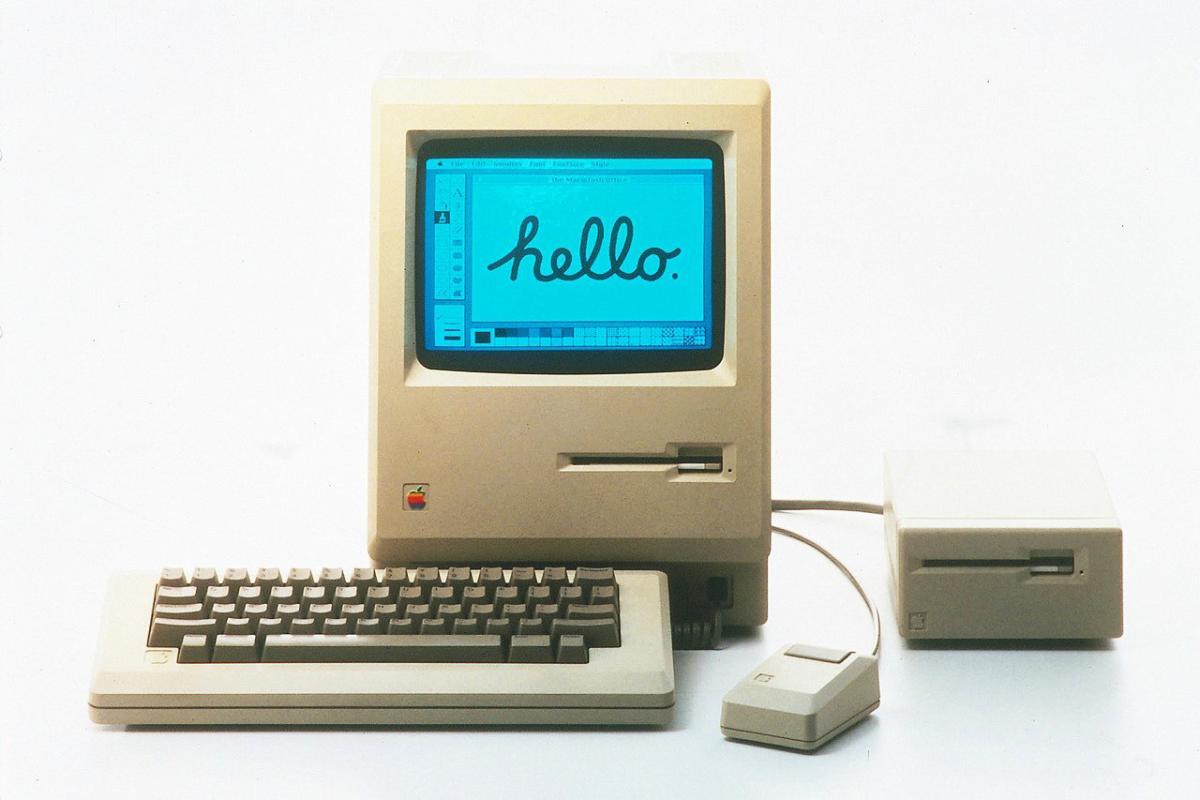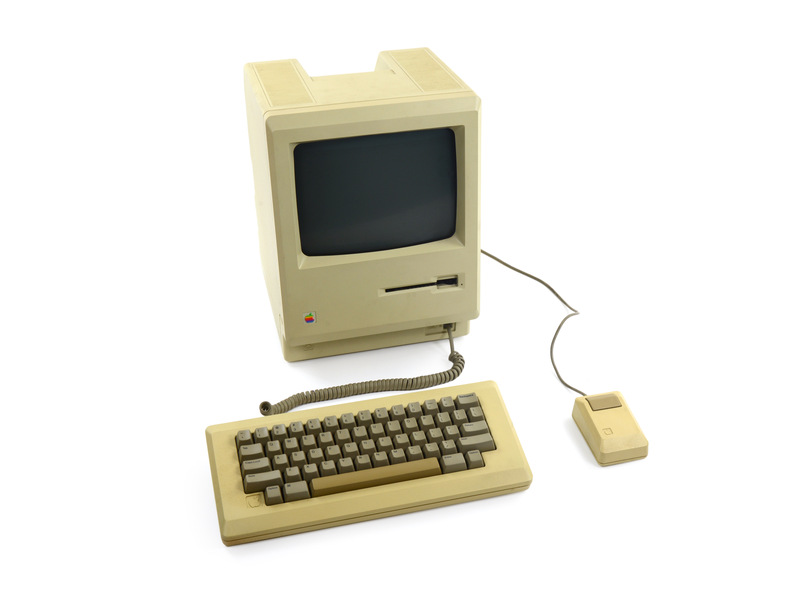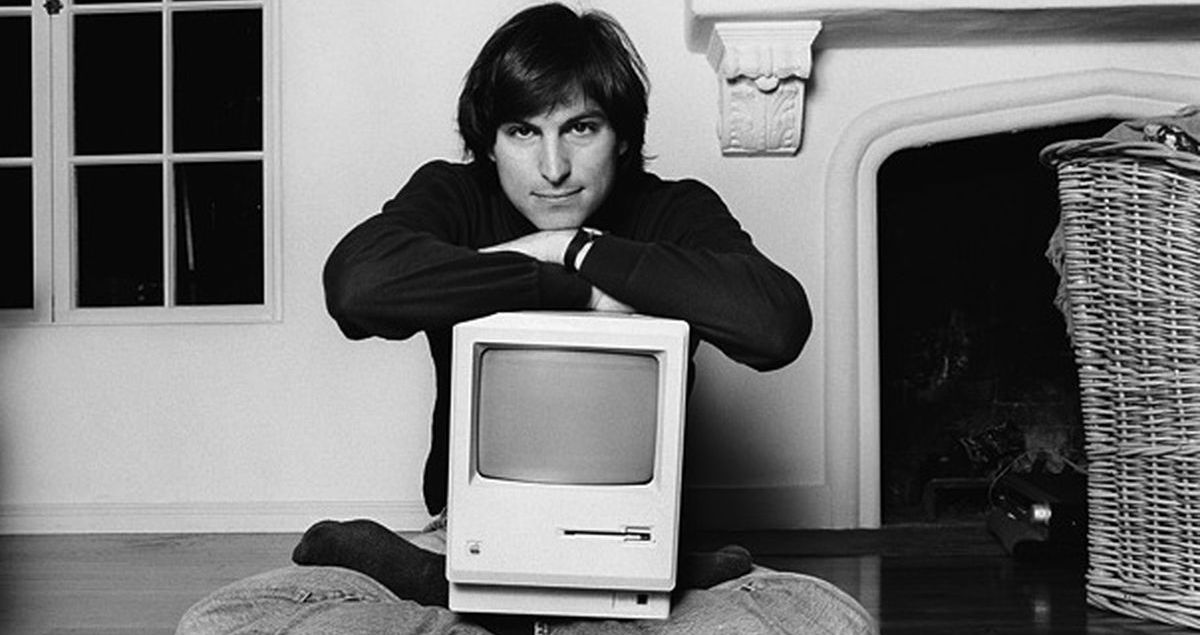1984 was a very important year for Apple. This was the year when the first ever Macintosh, which Apple promoted at the then SuperBowl with the help of its now cult spot called "1984", officially saw the light of day. The company expected that its new computer would sell like on a conveyor belt, but unfortunately that was not the case, and it was time to cleverly encourage sales.
It could be interest you
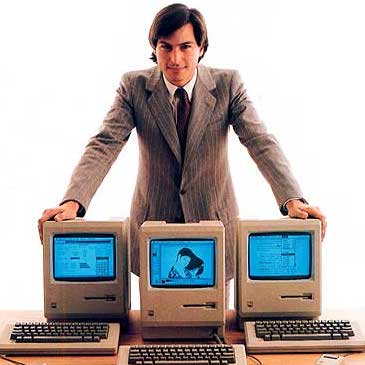
Apple was then headed by John Sculley, who decided to launch a new campaign. It was intended to encourage users to purchase a new Apple machine for their home or business. The campaign was called "Test Drive a Macintosh", and those interested could try a Macintosh at home for twenty-four hours. They needed relatively little to do this - a credit card with which their local authorized dealer lent them a Macintosh. The management of the company hoped that the users would manage to create such a strong bond with the borrowed computer during the day-long testing that they would eventually decide to buy it.
Apple was clearly enthusiastic about the campaign, and around 200 people took advantage of the offer. In launching the campaign, Apple invested 2,5 million dollars, with which it paid for four dozen pages in the November election issue of Newsweek magazine. The last advertisement page was foldable and detailed the possibility of renting a Macintosh. Unfortunately, the results of the campaign could not be described as unequivocally satisfactory. For the vast majority of users, although the rented Macintoshes did indeed arouse the desired enthusiasm, this did not ultimately lead to the final purchase of a computer for many of them, for various reasons. Distributors were certainly not happy with the campaign, complaining about the desperate lack of stock of the mentioned model.
Not only for these reasons, Apple ultimately decided not to organize a similar campaign ever again. It wasn't just that the "Test Drive a Macintosh" campaign ultimately failed to achieve the sales of the first Macintosh that Apple management had dreamed of. The campaign did not benefit the loaned models too much, which, despite the relatively short trial period, were returned from some testers in significantly worse condition, where, although some damage and wear was evident, it was not so serious that it was possible to demand a sufficiently high fine from the tester.
